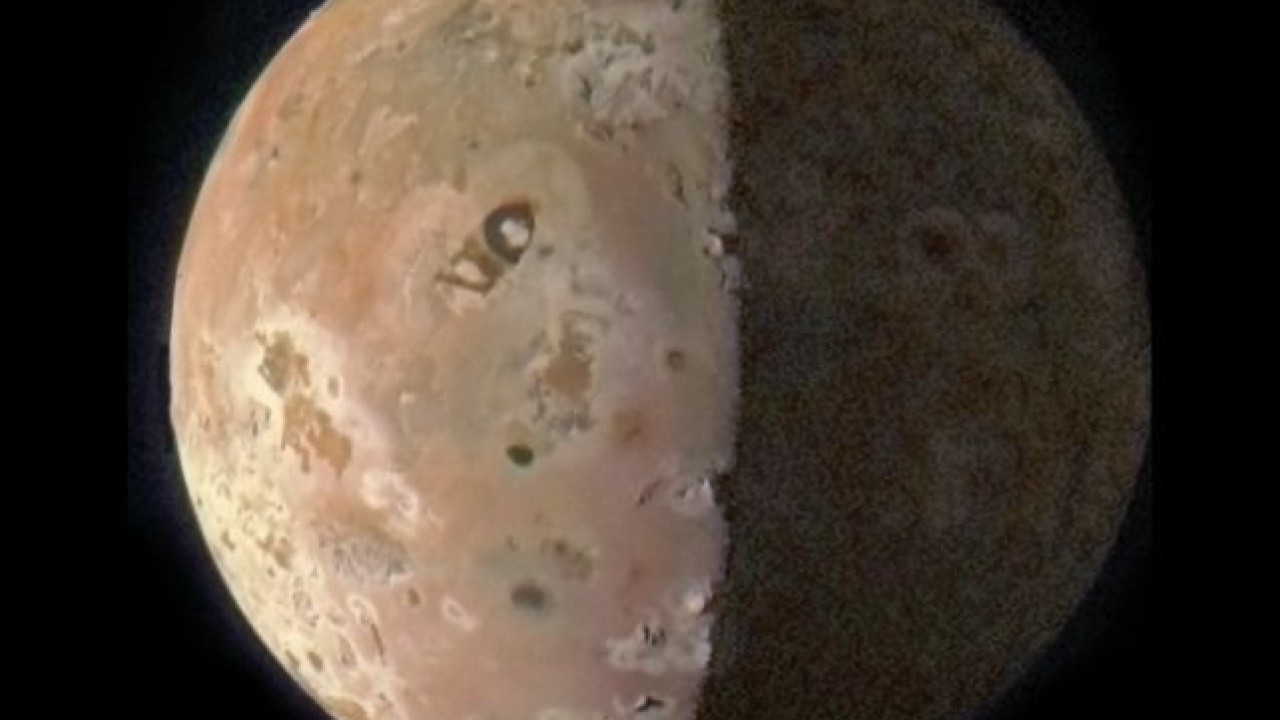a The Japanese Space Agency (JAXA) confirmed its landing on the moon, but the device suffers from problems with its solar cells, which do not generate electricity.
JAXA CEO, Hitoshi Koninaka, explained in a press conference that the device's battery in its current state will last for several hours.
The SLIM (Lunar Exploration Intelligent Lander) rover touched down on the lunar surface at 00:20 on Saturday in Japan (15:20 on Friday in Lisbon), after a 20-minute descent.
Kuninaka also explained that the LEV-1 and LEV-2 rovers attached to the module were properly separated from the assembly during landing, and their images of the lunar surface were transmitted.
The result was bittersweet for Japan, which has already made several failed attempts to land on the moon and which seeks to expand its presence and competitiveness in the global aerospace panorama.
So far, only the United States, Russia, China and India have been able to successfully land on an Earth satellite, although only one country, the United States, has been able to land astronauts on the moon's surface.
For decades, it became the main target of the space race between the United States and the then-Soviet Union. Although spacecraft from other countries and space agencies (Israel, Japan, the United Arab Emirates, the European Union) have also traveled there, they did not land on the Moon, either because they did not have that goal, or because they failed.
Although the Soviet Union was the first to reach its vicinity with a spacecraft, the first astronauts to set foot on the surface of the moon were the Americans Neil Armstrong and Edwin Eugene Aldering in 1969, and since then ten others, all of them from NASA (the American spacecraft agency), have returned to Earth's natural satellite on successive Apollo missions, which continued until 1972.
In addition, the United States has carried out a total of 17 unmanned missions to the Moon, and on November 16, 2022, returned with the unmanned Artemis 1 mission to test and measure NASA's technological capabilities to resume lunar exploration and subsequently send astronauts.
Since the Soviet Union was able to orbit a satellite with its Luna-1 probe in 1959, this country (later Russia) has sent about sixty missions, some manned (those from the Soyuz project), others unmanned (those from the Luna programs), and Zond).
Russian lunar probes arrived on several occasions, most recently in January 1973 aboard the Luna-21 spacecraft, which was able to place the Lunokhod spacecraft on lunar soil. In 1976, the Luna-24 spacecraft completed a series of unmanned lunar explorations.
Although Russian President Vladimir Putin announced last year his intention to resume the program, his Luna-25 spacecraft failed in its mission to explore the south pole of the moon when it crashed on the surface.
China joined this race in 2007, when it launched the Chang'e 1 spacecraft, named after the Chinese moon goddess, and on March 3, 2009, after a year in lunar orbit, its mission ended when it reached the surface of the moon.
On December 14, 2013, Chang'e-3 achieved a controlled landing and was the first Chinese mission to reach the moon, and in 2019, Chang'e-4 was able to land on the other side of the satellite.
This mission, which constituted a milestone, was also able to germinate a seed on the Earth's satellite for the first time, in one of its experiments.
In January 2020, China successfully launched Chang'e-5 with a mission to collect samples from the visible side of the satellite and returned to Earth on December 17, 2020 with a lunar rock, becoming the third country to achieve this, after the United States. countries and Russia.
Last year, India was the fourth country to reach the unexplored lunar South Pole and the first country to reach the unexplored lunar South Pole, with the Chandrayaan-3 spacecraft.
Read also: Japan is the fifth country to reach the moon

“Coffee trailblazer. Social media ninja. Unapologetic web guru. Friendly music fan. Alcohol fanatic.”


